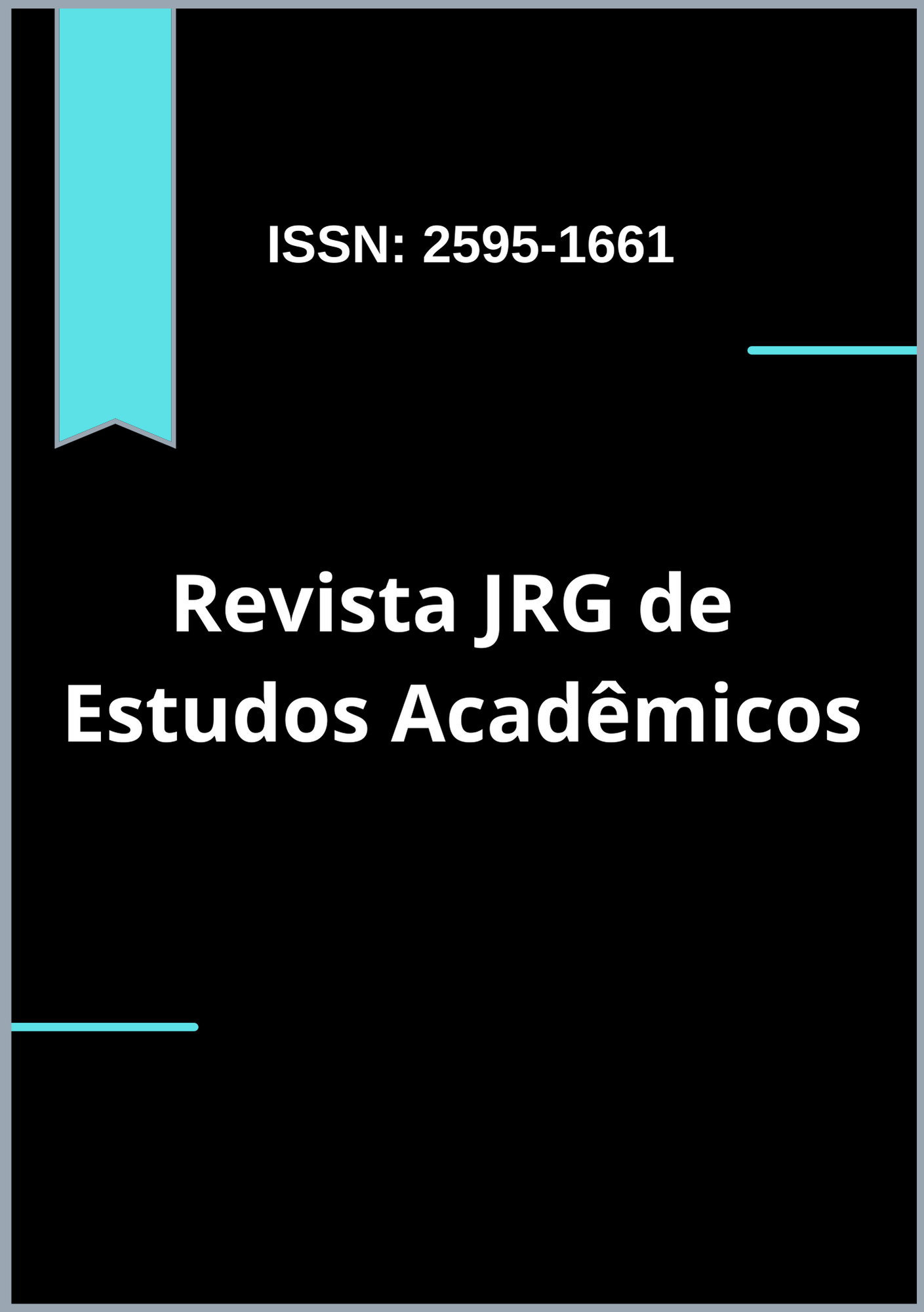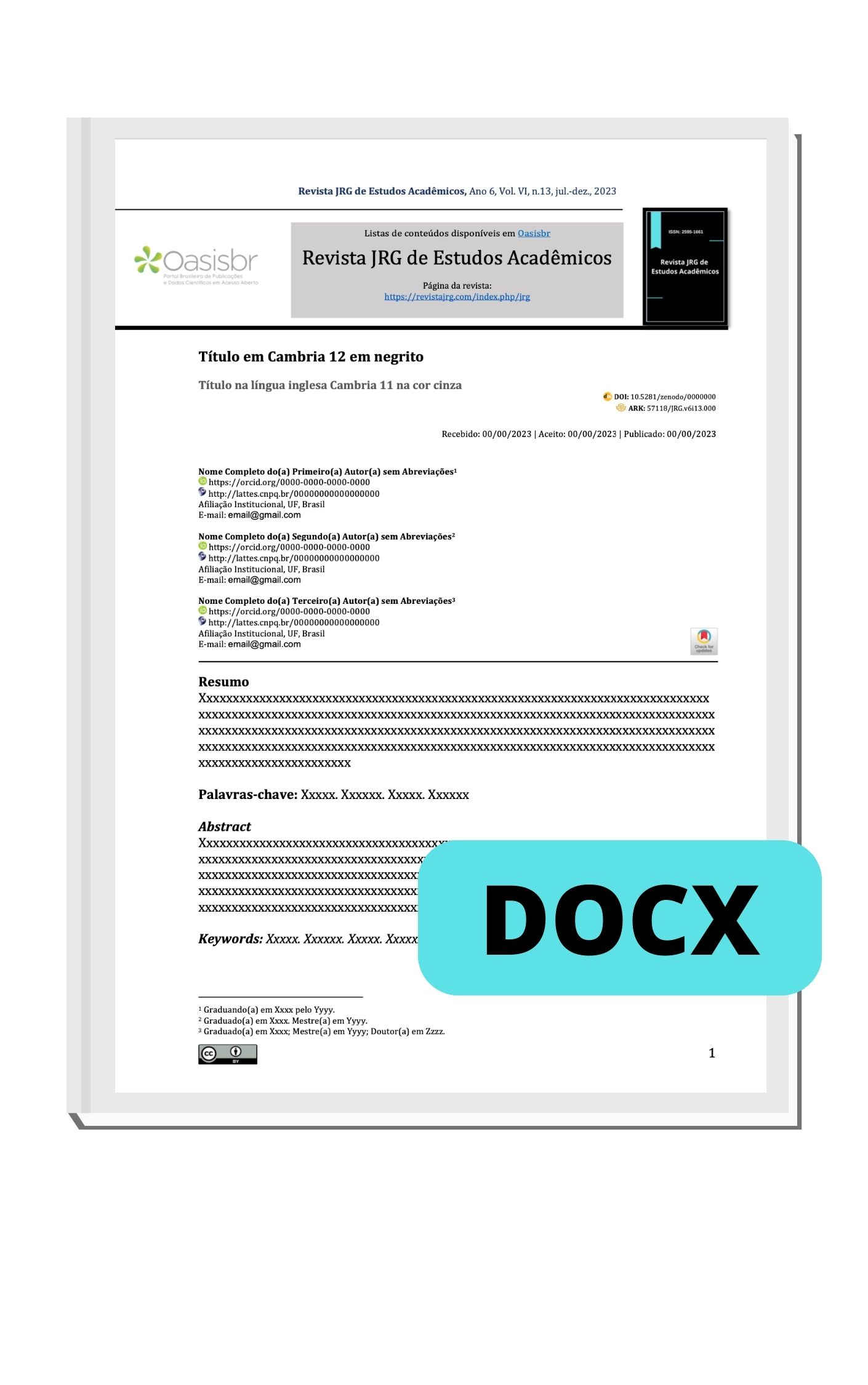Clinical and laboratory profile of living kidney donors undergoing outpatient follow-up
DOI:
https://doi.org/10.55892/jrg.v8i18.1984Keywords:
living donors; chronic kidney disease; kidney transplant; glomerular filtration rate; comorbidity.Abstract
Kidney transplantation is considered the ideal renal replacement therapy for treating end-stage renal disease. Thus, a kidney from a living donor is the most suitable option for transplantation, as it promotes better survival compared to a kidney from a deceased donor. However, there are concerns about the possible long-term adverse medical consequences in these living donors. The study aims to outline the clinical and laboratory profile of living kidney donors. This is a quantitative, descriptive, retrospective cross-sectional study conducted with patients undergoing outpatient follow-up at a university hospital in the city of Recife-PE. Data collection was performed using a structured form prepared by the researcher that included four blocks of variables: sociodemographic, clinical, laboratory, and anthropometric measurements. Descriptive statistical analyses, including measures of position (mean, mode, median) and dispersion (variance, standard deviation), were performed to characterize the population. The data collection procedure was performed only after approval by the Human Research Ethics Committee, in accordance with Resolution 466/12 of the National Health Council. The study involved 32 livings kidney donors, predominantly male (56.2%) and aged between 26 and 66 years. The majority had completed high school (59.4%) and self-identified as brown (78.1%). The comorbidities found in these patients were dyslipidemia (68.8%), obesity (37.9%), and hypertension (31.2%). Regarding laboratory results, the tests were within acceptable limits for both males and females. Therefore, it can be concluded that the profile of living kidney donors is predominantly male, with a mean age of 48.2 years, complete high school education, and brown skin color. Clinically, the majority have normal weight, no diabetes, dyslipidemia, and decline in renal function in older age groups.
Downloads
References
AGOSTINHO, J. J. MD et al. Fatores associados à função renal residual e proteinúria após doação de rim vivo nos Estados Unidos. Transplante, v. 105, n. 2,
p. 372-381, fev. 2021. Disponível em: DOI: 10.1097/TP.0000000000003210. Acesso em: 10 jan. 2025.
AGUIAR, L. K. et al. Fatores associados à doença renal crônica: inquérito epidemiológico da Pesquisa Nacional de Saúde. Revista Brasileira De Epidemiologia, v. 23, p. e200044, 2020. Disponível em: https://doi.org/10.1590/1980-549720200044. Acesso em: 11 de dez. de 2024.
ALVES, T. S. R.; T. et al. DESAFIOS NO MANEJO DA DOENÇA RENAL CRÔNICA EM PACIENTES OBESOS: UMA REVISÃO SISTEMÁTICA. Brazilian Journal of
Implantology and Health Sciences, [S. l.], v. 6, n. 9, p. 1416–1436, 2024. DOI: 10.36557/2674-8169.2024v6n9p1416-1436. Disponível em:
https://bjihs.emnuvens.com.br/bjihs/article/view/3503. Acesso em: 19 dez. 2024.
ANDRADE, R. S. et al. Obesidade e dislipidemia na infância: uma revisão sobre a associação de marcadores laboratoriais. Revista Brasileira de Análises Clínicas, [S.l.], v. 47, p. 55-65, 2018. Disponível em: https://www.rbac.org.br/artigos/obesidade- e-dislipidemia-na-infancia-uma-revisao-sobre-associacao-de-marcadores- laboratoriais/. Acesso em: 01 fev. 2025.
BICALHO, P. R. et al. Adherence to Medical Appointments Among Living Kidney Donors After Donation Under a Monitored Approach and Long-term Clinical Outcomes: A Brazilian Single-center Cohort Study. Transplantation Proceedings,
v. 51, n. 5, p. 1563–1567, jun. 2019. Disponível em:
https://doi.org/10.1016/j.transproceed.2019.02.020. Acesso em: 01 jan. 2025.
FREIRE, S. D. L. Perfil epidemiológico e letalidade de pacientes com doença renal crônica em tratamento dialítico pelo SUS, no estado de São Paulo, no período de 2008 a 2017. Dissertação (Mestrado em Saúde Pública) - Faculdade de Saúde Pública, Universidade de São Paulo, São Paulo, 2020. Disponível em: https://www.teses.usp.br/teses/disponiveis/6/6143/tde-30112020-163659/pt-
br.php. Acesso em: 26 dez. 2024.
GONTIJO, A. P. V. P. V. et al. Nefropatia Diabética: fisiopatologia, diagnóstico e tratamento. Brazilian Journal of Health Review, v. 7, n. 4, p. e72220, 2024. Disponível em: https://ojs.brazilianjournals.com.br/ojs/index.php/BJHR/article/view/72220/50619. Acesso em: 26 dez. 2024.
Kidney Disease: Improving Global Outcomes (KDIGO) CKD Work Group (2024). KDIGO 2024 Clinical Practice Guideline for the Evaluation and Management of Chronic Kidney Disease. Kidney international, 105(4S), S117–S314.2024.
Disponível em: https://doi.org/10.1016/j.kint.2023.10.018. Acesso em: 01 jan. 2025.
NAKATA, L. C.; FELTRIN, A. F. D. S.; FERREIRA, J. B. B. Construção de modelo
lógico da linha de cuidado da pessoa com doença renal crônica. Revista de saúde pública, v. 57, p.14, 2023. Disponível em: https://www.scielo.br/j/rsp/a/ZDHhD8jmLySTZByQXPvBwRk/?format=pdf&lang=pt. Acesso em: 11 de dez. 2024.
NASCIMENTO, A. M. et al. Complicações pós-transplante renal. Revista Eletrônica Acervo Científico, v. 43, p. e11990, 2023. Disponível em: https://acervomais.com.br/index.php/cientifico/article/view/11990. Acesso em: 10 de ago. 2023.
OLIVEIRA, L. G. F.; MAGALHÃES, M. Percurso da implantação da Política Nacional de Saúde Integral da População Negra no Brasil. Revista brasileira de estudos de população, v. 39, p. 1–13, 2022. Disponível em: https://www.scielo.br/j/rbepop/a/p9Z9c4pJnPHpj35TVxSBMZz/. Acesso em: 01 jan. 2025.
OLIVEIRA, T. S.; PEREIRA, A. M. M. Expressões das desigualdades no acesso aos serviços de saúde na América Latina: uma revisão de escopo. Ciência & saúde coletiva, v. 29, n. 7, p. e04932024, 2024. Disponível em: https://www.scielosp.org/article/csc/2024.v29n7/e04932024/pt/. Acesso em: 04 jan. 2025.
PARK, J. Y. et al. Long-term end-stage renal disease risks after living kidney donation: a systematic review and meta-analysis. BMC Nephrology, v. 24, n. 1, p. 152–152, 2023. Disponível em https://doi.org/10.1186/s12882-023-03208-z. Acesso
em: 9 dez. 2024.
ROSS, L. F.; THISTLETHWAITE, J. R. Gender and race/ethnicity differences in living kidney donor demographics: Preference or disparity?. Transplantation reviews, Orlando, v. 35, n. 3, p. 100614, 2021. Disponível em:
https://doi.org/10.1016/j.trre.2021.100614. Acesso em: 04 jan. 2025
SANTOS, W. N. et al. atuação do enfermeiro nas complicações decorrentes do transplante renal: uma revisão de literatura. Revista UNINGÁ Review, v. 25, n. 1, p.136-142, 2016. Disponível em: https://www.mastereditora.com.br/periodico/20160113_141354.pdf. Acesso em: 10 de nov. 2024.
SILVA, P. H. B.; SOUSA, G. C. Comparação entre transplantes renais: doadores falecidos e vivos em 5 anos no Rio de Janeiro. Revista de Saúde, v. 14, n. 1, p. 46– 50, 31 mar. 2023. Disponível em: https://doi.org/10.21727/rs.v14i1.3268. Acesso em:
de dez. 2024.
THIEL, G. T. et al. Investigating kidney donation as a risk factor for hypertension and microalbuminuria: findings from the Swiss prospective follow-up of living kidney donors. BMJ open, v. 6, n. 3, p. e010869, 2016. Disponível em: doi:10.1136/bmjopen-2015-010869. Acesso em: 04 jan. 2024.
VALENÇA, S. E. O. et al. Prevalência de dislipidemias e consumo alimentar: um estudo de base populacional. Ciencia & saude coletiva, v. 26, n. 11, p. 5765–5776, 2021. Disponível em: https://www.scielo.br/j/csc/a/dTHDNGr7mrMRKcM7KpB36vR/?format=pdf&lang=pt. Acesso em: 04 jan. 2024.
WAAS, T. et al. Distribuição da taxa de filtração glomerular estimada e determinantes de sua perda dependente da idade em um estudo populacional alemão. Scientific Reports, v. 11, p. 10165, 2021. Disponível em: https://doi.org/10.1038/s41598-021-89442-7. Acesso em: 20 jan. 2025.









































